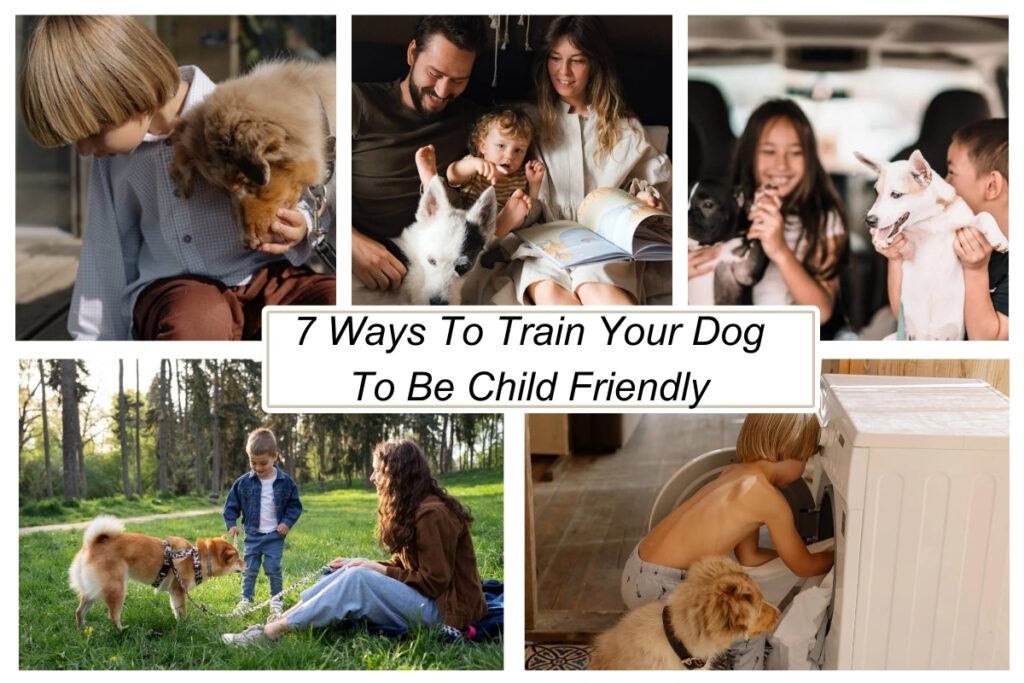Training your dog to be child-friendly is a wonderful journey that not only enhances your pet’s behavior but also fosters a loving environment for your family. Dogs are incredibly intuitive and can form strong bonds with kids, but it’s important to ensure those interactions are safe and positive. Whether you have a new puppy or an older dog, the key is understanding their behavior and teaching them how to interact gently with children.
7 Ways To Train Your Dog To Be Child Friendly
From basic commands to supervised playtime, there are many effective techniques you can use to help your dog thrive in a household with kids. With a bit of patience and some fun training methods, you’ll create a harmonious atmosphere where both your furry friend and your children can enjoy each other’s company.
Let’s dive into the best practices for making your dog a loving companion to your little ones!
1. Prepare Your Pup
If your pup is between eight to sixteen weeks old, this is a super important stage for their growth and development. What you do during this time can really shape how they behave as they grow up.
One great way to set your puppy up for success is to take them to new places. This means going for walks in different neighborhoods, visiting parks, or hanging out at a friend’s house. Each new experience helps them learn about the world!
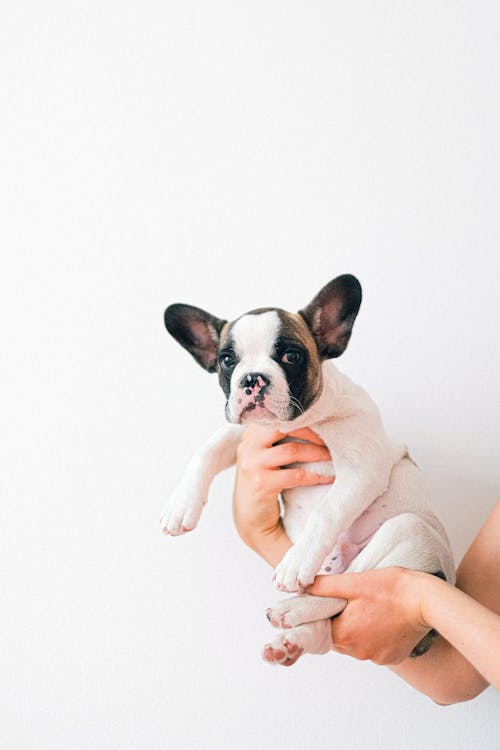
Meeting new people is just as important, especially kids. If your puppy gets used to being around children early on, it can really boost their confidence and help them feel more comfortable in various situations later on. Just imagine how much fun they’ll have playing with kids in the future!

If you have an older dog, introducing them to new people or environments is still a good idea, but take it a bit slower. Older dogs might need more time to adjust, so let them set the pace.
The more exposure your puppy or dog has, the more confident and well-behaved they’ll become. So, go out there and explore with your furry friend!
2. Respect Feelings
It’s important to remember that your dog might be a little scared of kids. Dogs can react differently to children because, let’s face it, kids can be pretty unpredictable! They tend to move around quickly and make sudden noises, which can confuse a dog.
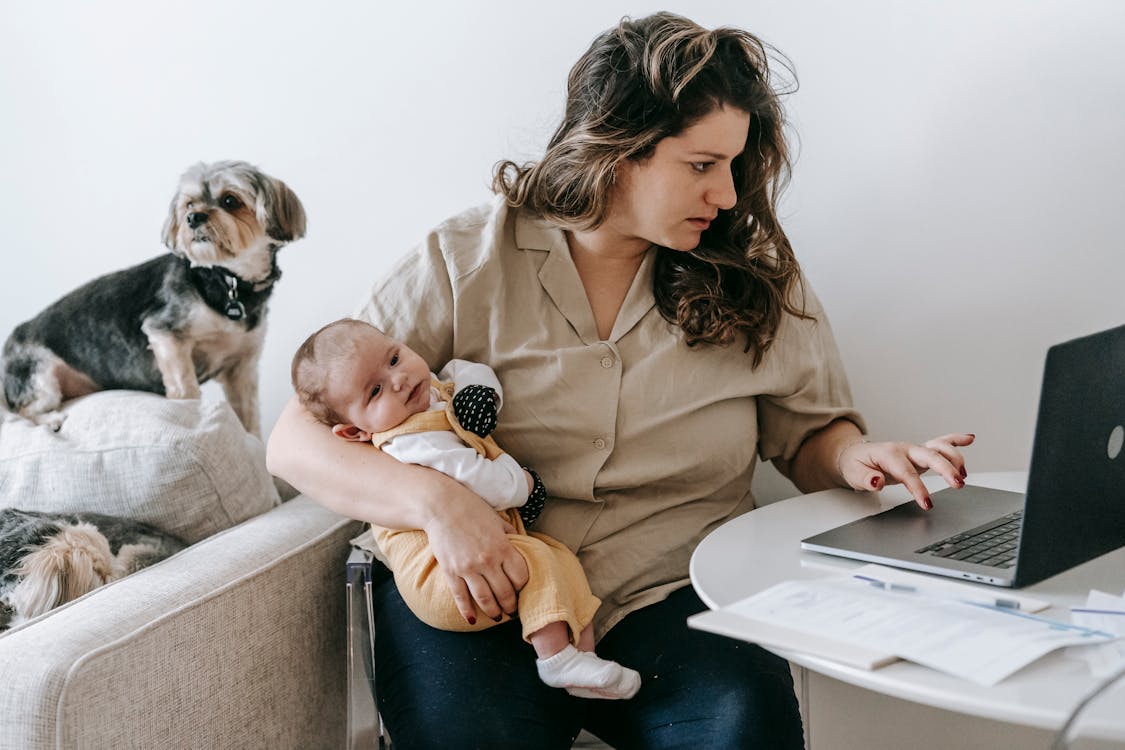
If you notice your dog seems unsure or anxious around kids, it’s a good idea to hold off on that meeting. You definitely don’t want to push them into a situation that makes them uncomfortable. It’s all about being kind and patient with your pup.
Instead of forcing things, try to create a calm environment. Maybe you can let your dog observe kids from a distance at first. This way, they can get used to the sounds and movements without feeling overwhelmed.
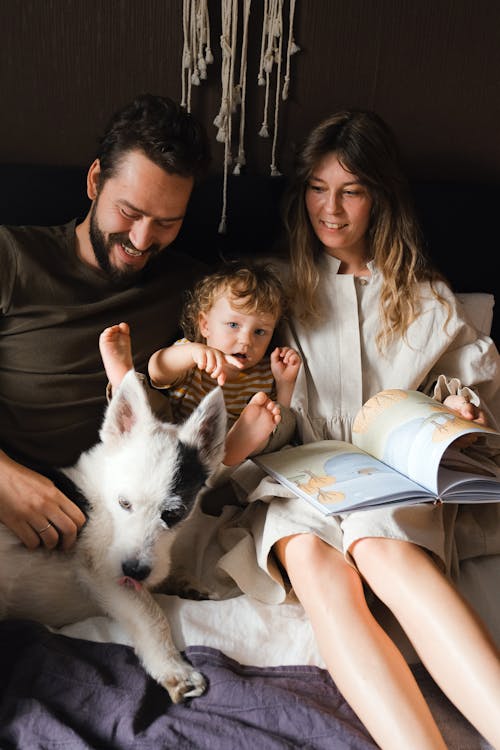
The last thing you want is for your dog to feel angry or stressed around kids. That could lead to negative experiences for both your dog and the children. With a little time they can learn to feel more comfortable around children!
3. Use Crate Training
Creating a cozy box or crate for your dog can help them feel safe and secure. It gives them a little retreat where they can relax and try new things without the stress of worrying about how to escape. Think of it as their hideaway!
First off, it’s super important to make sure your dog sees their crate as a safe spot. You can do this by adding their favorite blankets, toys, or even some tasty treats inside.

Now, while this crate can be a great place for your dog, it’s essential to talk to any kids around about respecting that space. Make sure they understand that the crate is off-limits, even when the dog isn’t inside. Kids can be curious and might think it’s fun to check out what’s inside, but this could make your dog feel threatened or anxious.

By teaching kids to respect the crate as a special space just for the dog, you help create a more peaceful environment.
It’s all about building trust and ensuring that your dog knows they have a safe place to retreat to when they need it. Here is how both your dog and the kids can coexist happily and safely!
4. Explore The Park
The park can be a fantastic place to help your dog get used to being around kids of all ages! It’s a lively spot with lots of energy, which can be really beneficial for socializing your pup. Just remember to take things slow and make sure your dog doesn’t get overwhelmed.
One important tip is to never push your dog too hard. If you notice they seem anxious or stressed, it’s perfectly okay to step back and give them some space. You want to create a positive experience, not one that makes them more scared or uncomfortable.

Also, always keep your dog on a leash when you’re at the park. This way, you can easily control the situation and keep your dog safe. A leash helps prevent any unexpected encounters and allows you to guide your pup as needed.
As you introduce your dog to children, look for opportunities where kids are calm and approaching slowly. This can help your dog feel more at ease. Celebrate small successes, like when your dog sniffs a child’s hand or sits quietly nearby.

Overall, the park can be a great adventure for both you and your dog. Just be patient, stay attentive to their feelings, and enjoy the process of socializing!
5. Positive Reinforcement
Using positive feedback is an amazing way to teach your dog all sorts of things, and it’s especially helpful when it comes to getting them comfortable around kids! When your dog is interacting with children, giving them lots of praise, treats, and gentle care can really help them behave well.
For instance, if your dog stays calm while kids are playing nearby, be sure to shower them with praise. You might say things like “Good boy!” or “You did so well!” while giving them a treat. This not only rewards their good behavior but also shows them that being around kids is a positive experience.

The more you do this, the more your dog will start to associate children with good things. They’ll learn that when they behave nicely, they get attention and rewards. Over time, this can help them feel more confident and relaxed around kids.
It’s all about consistency! Keep reinforcing this positive behavior every time they’re around children.
6. Become A Child
Before letting your dog meet kids, a fun way to help them adjust is to get a little silly yourself! You can pretend to be a kid by running around, making playful noises, and just being a bit more energetic than usual. This might sound a bit goofy, but it can actually be a great way to prepare your dog for what they’ll experience when they’re around children.
When you act like kids do—being playful and a bit loud—you’re helping your dog get used to that kind of energy. It can be really helpful because dogs are often curious and may need some time to understand these new sounds and movements. By showing them what to expect in a playful way, you’re easing them into the experience.

Plus, this can turn into a really enjoyable time for both of you! Running around and being silly not only helps your dog but also lets you bond and have some fun together. Just be sure to pay attention to how your dog is feeling. If they seem a bit overwhelmed or unsure, that’s okay! Just take a break and give them some space.
7. Establish Ground Rules
It’s really important to set some ground rules for your dog right from the start. Establishing these boundaries helps everyone feel safe and comfortable, especially when kids are involved.
For instance, make sure your dog doesn’t lick plates that kids leave out or take food from their hands. This can help prevent any bad habits from forming and keeps things hygienic. It’s also essential to train your dog not to jump up on people. If you have a large dog, this is especially important because their size can easily scare or even knock someone over!

Another thing to consider is keeping your home tidy. Make sure your dog’s toys are out of reach of the kids, and vice versa. This way, you avoid any accidental mix-ups or misunderstandings. Kids might be tempted to grab the dog’s toys, thinking they’re just for playtime, and dogs might think the kids’ toys are fair game too.
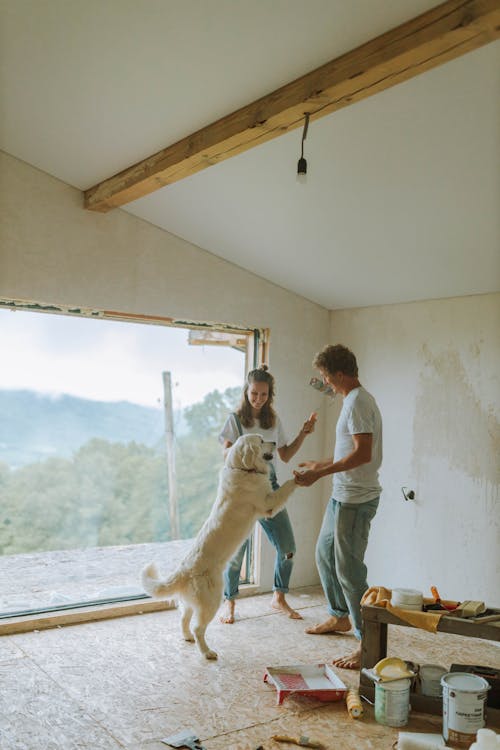
Sticking to these ground rules is key! Consistency is crucial, so don’t let your standards drop. If you allow certain behaviors sometimes and not others, it can confuse your dog. The more consistent you are, the better your dog will understand what’s expected of them.
By setting clear boundaries and following them, you’re helping create a safer and more enjoyable environment for both your dog and your kids. With time, everyone will get the hang of it, and you’ll be able to enjoy each other’s company with much less stress!

